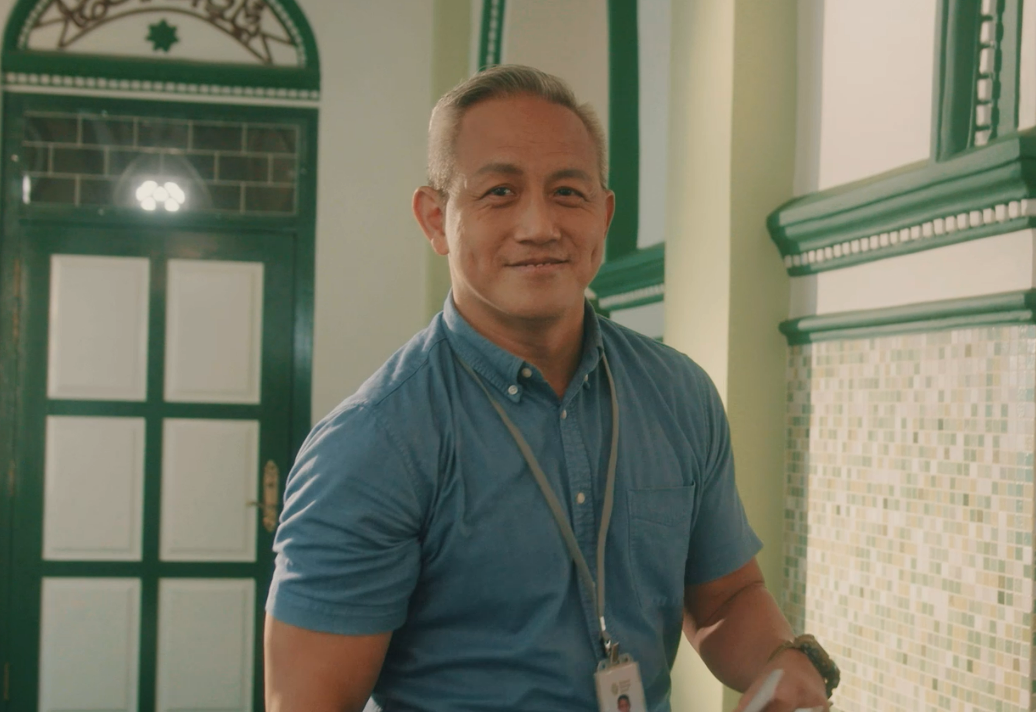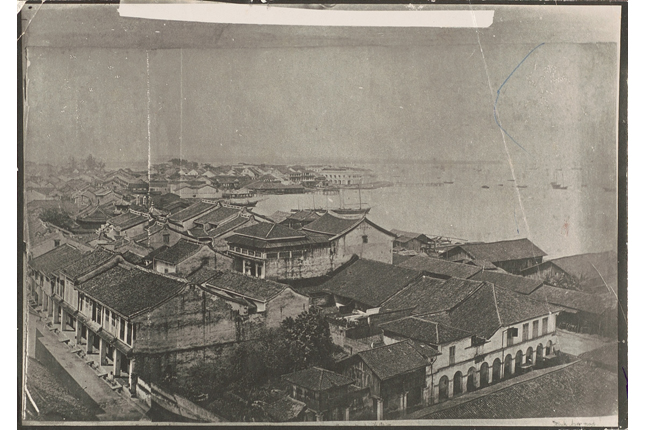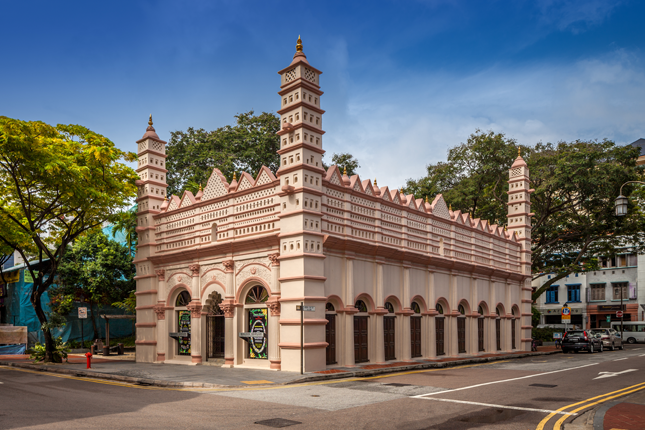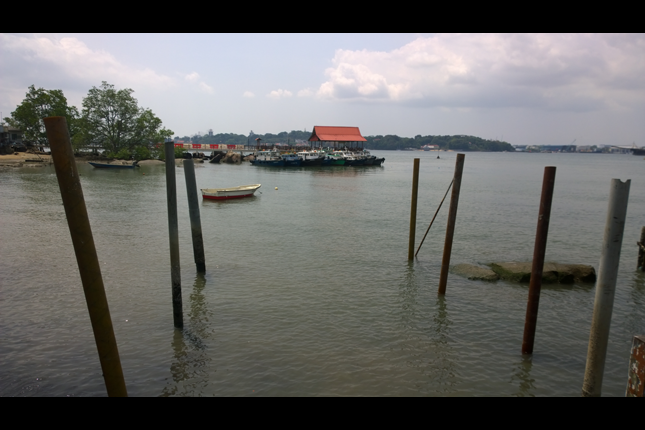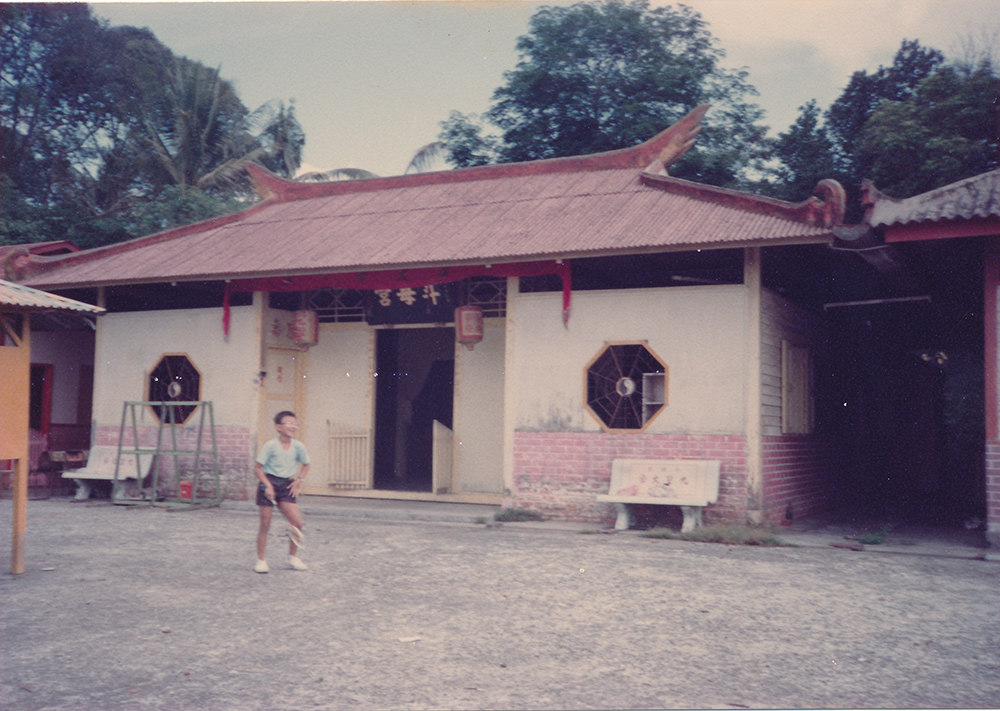Once home to one of Singapore's oldest self-help organisations, the Former Keng Teck Whay Building is situated next to Thian Hock Keng, and is a short walk from Al-Abrar Mosque and the Former Nagore Dargah. It stands as a witness to the presence and contributions of the Hokkien Peranakans (Straits Chinese) in colonial Singapore and to the community spirit of mutual aid among the pioneers.
Private Family Benefit Society
Keng Teck Whay (庆德会, ‘Keng Teck Association’) was established in 1831 by a group of 36 Hokkien Peranakan merchants from Malacca. While the men were from unrelated families, all of them claimed a common ancestry in Zhangzhou, Fujian Province, China. Among them was Neo Chan Guan (梁赞元), whose paternal uncle Neo Lim Kwee (梁壬癸) built the original Hong San See on Tras Street. At the beginning, each of the members gave 100 Spanish dollars to the association's central fund. Many of them also contributed to the construction of Thian Hock Keng.
Unlike the nature of clan associations, Keng Teck Whay is a private family benefit society. It is the earliest of such organisations in Singapore and still exists today. Membership is restricted to its founding members and their male descendants. The association had four primary objectives: worshipping Sanguan Dadi (三官大帝, ‘Three Emperor-Officials’) and venerating the founders' ancestral tablets; issuing allowances to members and their lawful wives should they require financial assistance; offering bereavement support to members and their families; and providing necessary aid to the members and their families in times of need.
Architecture and Furnishings
The Former Keng Teck Whay Building is designed and constructed in the traditional Hokkien style, characterised by the curved roof ridges with upturned ‘swallow tail’ sweeps on the ends. Sculptures and carvings – including those of dragons, fishes, and flowers – decorate the roofs. These were made using the jian nian (剪粘, ‘cut and paste’) technique, whereby ceramic bowls are trimmed into smaller pieces and put together to form intricate figures and icons. Parts of the floors and walls are also covered with colourful tiles.
There are three structures within the compound: an entrance gateway, an octagonal pagoda rising above a square hall, and a double-storey hall at the back. The prominent pagoda, which can be seen in Percy Carpenter’s 1856 painting, ‘Telok Ayer Street as seen from Mount Wallich’, mirrors the three-level pagoda at Chongwen Ge; it lends a remarkably symmetrical layout to the combined compounds of Thian Hock Keng, Chongwen Ge, and the Former Keng Teck Whay Building.
Hidden away from the public eye is the hall at the back, which served the dual function of a meeting space and an ancestral hall. Gatherings for members were often held there. A stone ancestral tablet inscribed with the names of Keng Teck Whay’s founding fathers is enshrined in the hall, allowing members of the association to venerate the pioneers.
Former Keng Teck Whay Building Today
In 2010, the ownership of the Former Keng Teck Whay Building was transferred to the Taoist Mission (Singapore). By then, the structures were in dire need of repair and restoration. The Taoist Mission (Singapore) worked to transform the building into a Taoist temple and renamed it Singapore Yu Huang Gong (玉皇宫, Temple of the Heavenly Jade Emperor), in honour of Yu Huang Shangdi (玉皇上帝, Jade Emperor), the highest divinity in Taoism. The temple officially opened its doors to the public in January 2015.
Our National Monuments
Our National Monuments are an integral part of Singapore’s built heritage, which the National Heritage Board (NHB) preserves and promotes for posterity. They are monuments and sites that are accorded the highest level of protection in Singapore.







